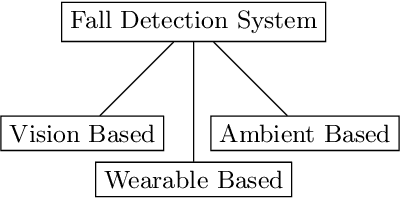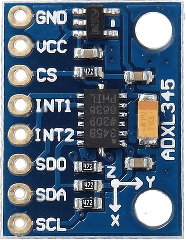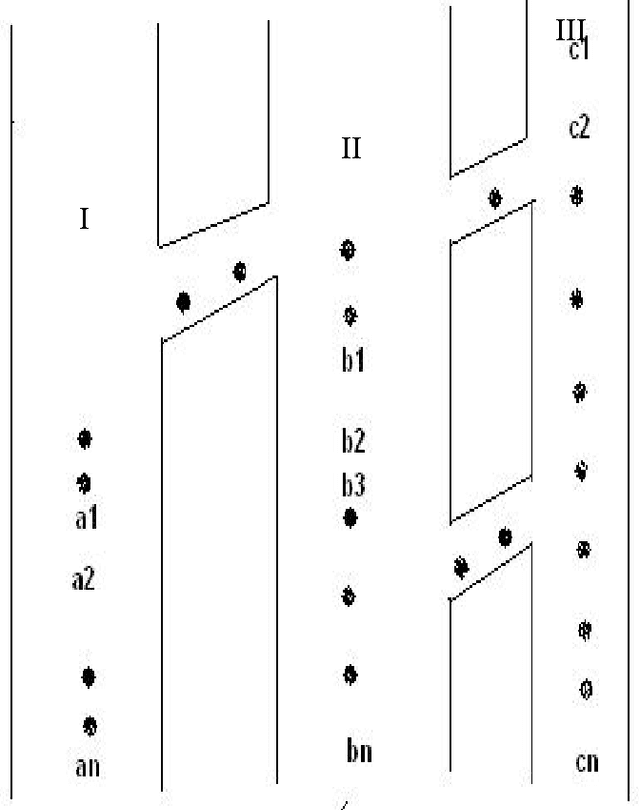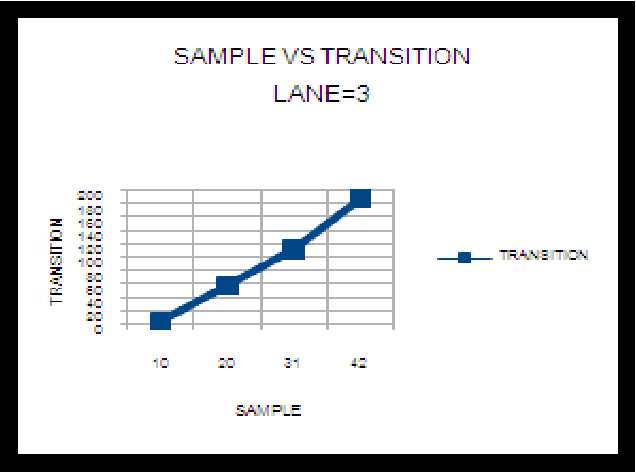Prasun Ghosal
Recall-driven Precision Refinement: Unveiling Accurate Fall Detection using LSTM
Sep 09, 2023



Abstract:This paper presents an innovative approach to address the pressing concern of fall incidents among the elderly by developing an accurate fall detection system. Our proposed system combines state-of-the-art technologies, including accelerometer and gyroscope sensors, with deep learning models, specifically Long Short-Term Memory (LSTM) networks. Real-time execution capabilities are achieved through the integration of Raspberry Pi hardware. We introduce pruning techniques that strategically fine-tune the LSTM model's architecture and parameters to optimize the system's performance. We prioritize recall over precision, aiming to accurately identify falls and minimize false negatives for timely intervention. Extensive experimentation and meticulous evaluation demonstrate remarkable performance metrics, emphasizing a high recall rate while maintaining a specificity of 96\%. Our research culminates in a state-of-the-art fall detection system that promptly sends notifications, ensuring vulnerable individuals receive timely assistance and improve their overall well-being. Applying LSTM models and incorporating pruning techniques represent a significant advancement in fall detection technology, offering an effective and reliable fall prevention and intervention solution.
Speed Optimization In Unplanned Traffic Using Bio-Inspired Computing And Population Knowledge Base
Dec 12, 2012

Abstract:Bio-Inspired Algorithms on Road Traffic Congestion and safety is a very promising research problem. Searching for an efficient optimization method to increase the degree of speed optimization and thereby increasing the traffic Flow in an unplanned zone is a widely concerning issue. However, there has been a limited research effort on the optimization of the lane usage with speed optimization. The main objective of this article is to find avenues or techniques in a novel way to solve the problem optimally using the knowledge from analysis of speeds of vehicles, which, in turn will act as a guide for design of lanes optimally to provide better optimized traffic. The accident factors adjust the base model estimates for individual geometric design element dimensions and for traffic control features. The application of these algorithms in partially modified form in accordance of this novel Speed Optimization Technique in an Unplanned Traffic analysis technique is applied to the proposed design and speed optimization plan. The experimental results based on real life data are quite encouraging.
* 19 pages
 Add to Chrome
Add to Chrome Add to Firefox
Add to Firefox Add to Edge
Add to Edge